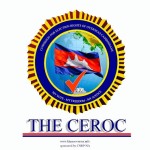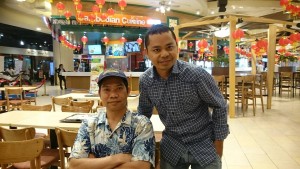Political Paradigm of Pragmatism from the Khmer Youth part 52
 This part (52), Mr. Sophan Seng elaborated on The CEROC or Committee for Elections Rights of Overseas Cambodians. This diasporic volunteering leadership has mainly focused on two goals:
This part (52), Mr. Sophan Seng elaborated on The CEROC or Committee for Elections Rights of Overseas Cambodians. This diasporic volunteering leadership has mainly focused on two goals:
1. Collecting all suggestions, petitions, and participation of the Khmers overseas in order to campaign for inclusive participate in Cambodia elections. This participation shall enrich the Cambodia political leadership and participatory democracy of this nation.
- Focusing on researches and publications of some technical, mechanism and procedural practices from many countries who have included their citizens abroad to vote at their home-country elections.
By incorporating with many stakeholders, the CEROC is being recognized by Khmers diaspora, migrant workers, students, and government officials working abroad, widely.



